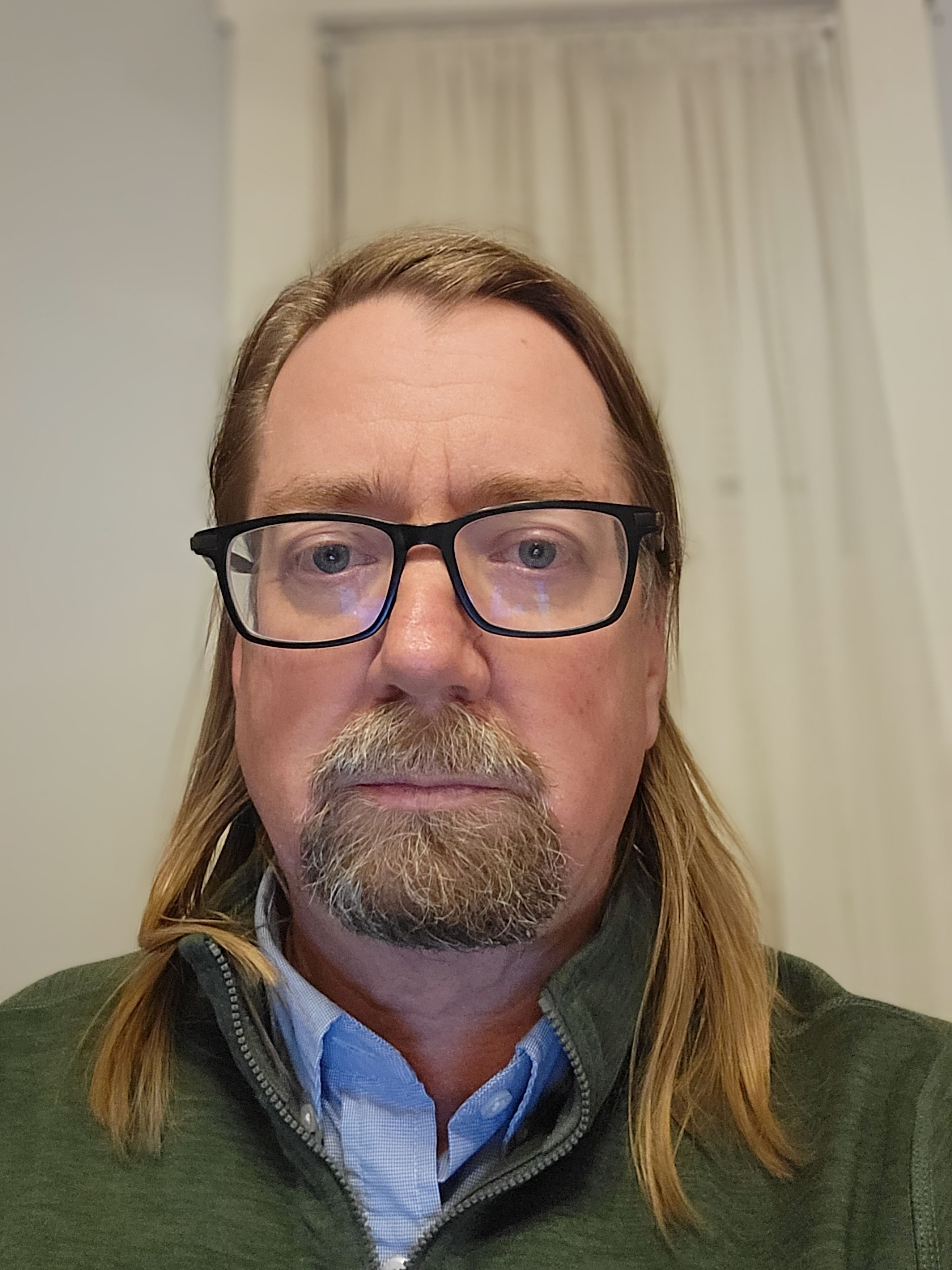Wildfire study: Prescribed burns underused in West
UI professor’s research shows controlled fires in western U.S. have decreased over past two decades
A University of Idaho study found that land management agencies across much of the country are not ramping up the use of prescribed fires as a way to reduce the threat of destructive wildfires.
In the West, where wildfires are an annual problem, the use of prescribed fire is down, according to study author Crystal Kolden, an associate professor at the school’s College of Natural Resources in Moscow.
“Prescribed fire has actually decreased over the last 21 years in the western United States,” Kolden said. “This means one of our best tools to reduce wildfire disasters is not being used.”
Prescribed fires are those set intentionally by landowners or land management agencies under specific conditions, then closely monitored. Kolden said both scientists and policy leaders have called for an increase in such burns as a way of not only restoring fire-prone ecosystems, but also reducing the buildup of hazardous fuel levels in dense forests and tamping down the threat of future wildfires. For example, the federal government’s National Cohesive Management Strategy identified prescribed fire as one of the best tools available to reduce fuels and wildfires. However, Kolden found in most regions over the past two decades, the use of prescribed fire is either flat or on the decline.
According to the study published in the journal Fire, prescribed fire has increased about 5 percent each year from 1998 to 2018. A closer look shows 98 percent of that increase was attributed to burns in southeastern states, and implemented by private landowners and state agencies.
Kolden said there is a longstanding acceptance of prescribed fire in the Southeast, where collaborative partnerships dating back eight decades have built public support for burning. In the West and the Northern Rockies that include states like Idaho and Montana, there is less social acceptance for the practice because of smoke produced by the fires, the occasional escape of prescribed fires that become uncontrolled wildfires and a lack of funding for federal agencies to carry out the burns.
For that to change, Kolden said people in the region need to work together.
“It takes a lot of proactive people to make it happen,” she said. “It didn’t happen magically in the Southeast. It took some key folks 80 years ago to push for prescribed fire and to work with industry to facilitate that happening, and now it has become something that happens there annually and everyone expects it to happen.”
She said one thing that could drive an uptick in acceptance of prescribed fire in places like Idaho is its potential to improve big game habitat for species like elk. Wildlife habitat played a key role in the acceptance of prescribed fire in the Southeast, she said.
For about 20 years, officials on the Nez Perce-Clearwater National Forests, hunters and the Idaho Department of Fish and Game have backed using fire to improve elk habitat in remote areas where herds are struggling. But implementation has been sporadic and often hinged on funding, changes in wildfire risks from year to year and the number of natural fires that detract resources from prescribed burns.
“In the Southeast, what really got people to be supportive of prescribed fire and got a lot of prescribed fire to happen was this recognition it could improve their game habitat immensely,” Kolden said.
She found, among federal land management agencies, the Bureau of Indian Affairs has been most proactive with the use of prescribed burns. It is the only federal agency to increase its use over the past two decades. She said tribes that have a history of using fire to alter landscape and wildlife habitat have pushed the agency to also adopt its practice and could provide a path for others to follow.
“Not only have the tribes been doing more prescribed fire recently, they have all this stored indigenous knowledge,” she said. “We can look to partnership and collaborate with tribes to figure out how to implement more prescribed fire across the landscape.”
Agencies have not ramped up the use of prescribed fires in the West, even as wildfires become more destructive, because of a complicated mix of lack of funding, resistance from citizens and the sometimes extreme topography that makes it harder to control burns.
“If we can’t figure out how to do more prescribed fire, we’re going to continue to see ‘megafires’ and wildfire disasters due to climate change,” Kolden said.
Barker may be contacted at ebarker@lmtribune.com or at (208) 848-2273. Follow him on Twitter @ezebarker.










